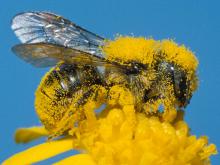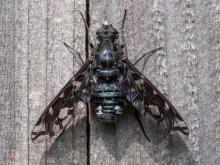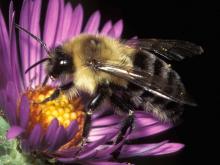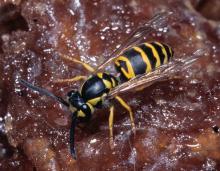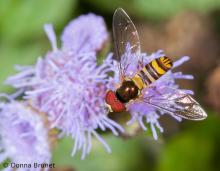Media

Species Types
Scientific Name
Bombus spp.
Description
Bumblebees are like huge honeybees: They are yellow and black, collect pollen and nectar, live in colonies, and make honey. They are capable of stinging, if molested or if their nest is endangered, but you need not fear them; they are not aggressive.






















